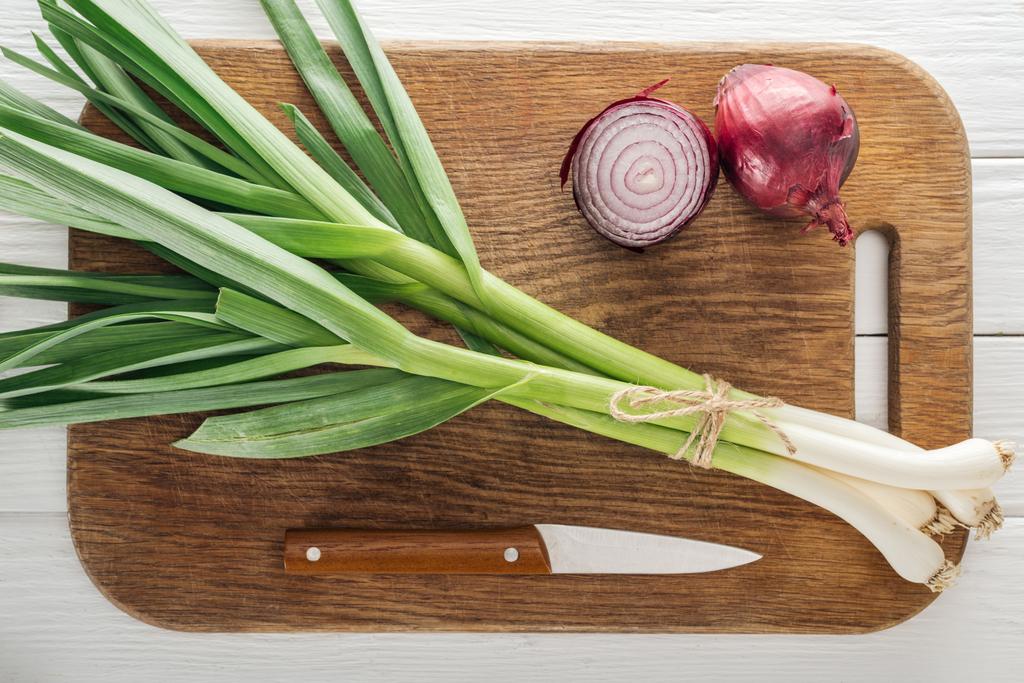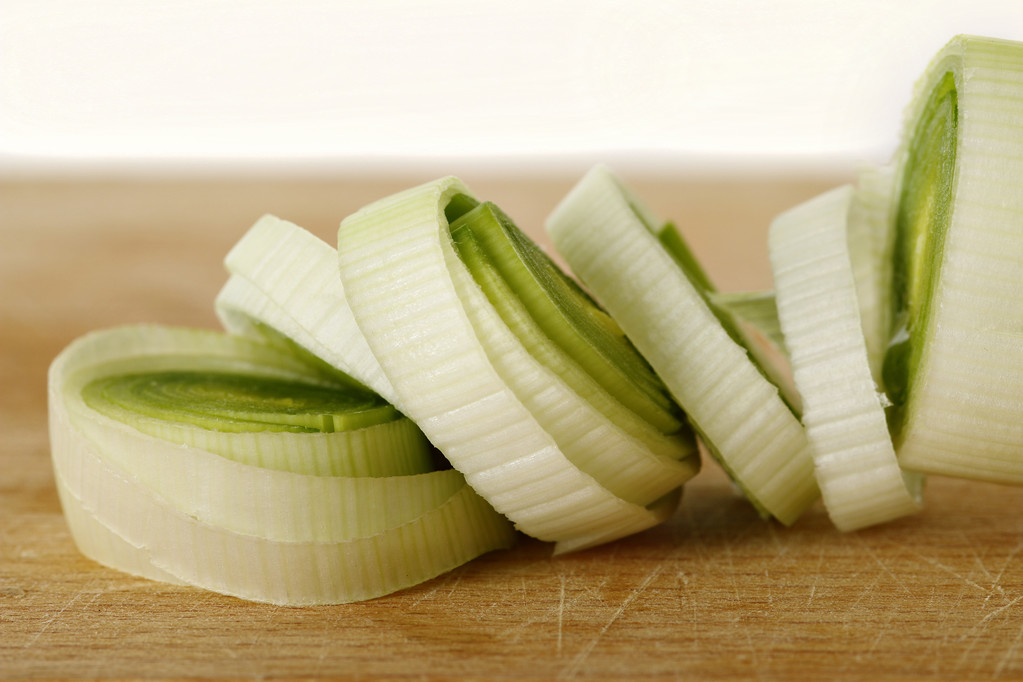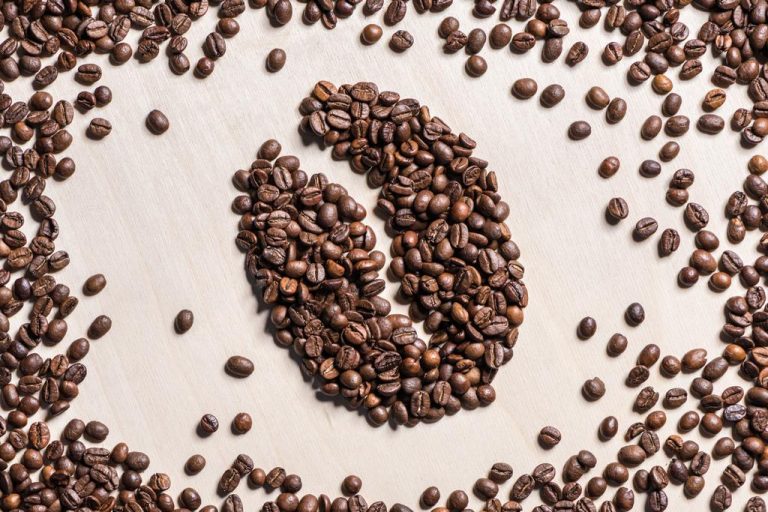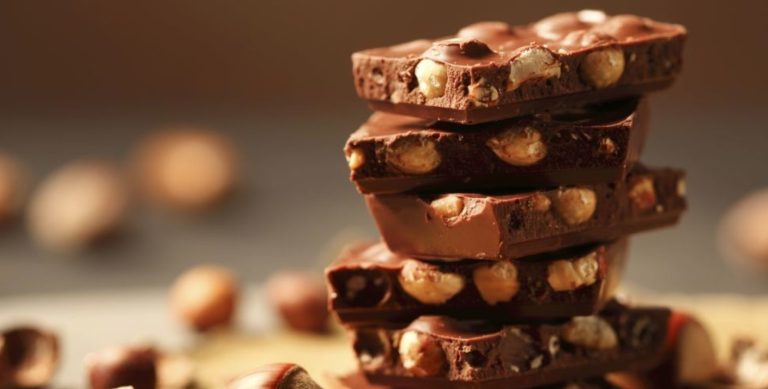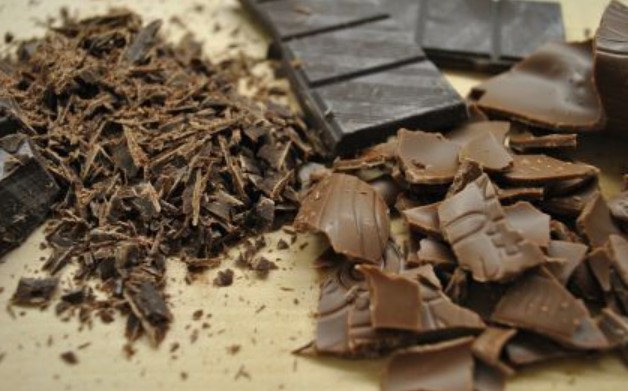Identifying fresh fish and preserving fish made it easy. Recognize the fresh fish with tips and tricks and avoid smelly fish. Also, make fish last longer and thaw fresh fish without loss of quality and bring it home after fishing.
How do you recognize fresh fish?
If you want to test whether the fish is fresh when you buy it, look closely at the scales. If the scales are shiny and fit snugly against the skin of the fish, this is an indication of freshness. The gills must not be grey. They should be red or pink in color.
Fresh fish without loss of quality

Freshly caught fish spoils quite quickly. Warm weather wears it out, guts accelerate spoilage, and pH levels quickly drop into the acidic range—if you don’t treat the fish you catch properly, you’ll have little pleasure in eating it. Freshly caught fish should be killed and gutted after being caught. Then wrap it in greaseproof paper and keep it cool. This means it can be taken home and processed there without any loss of quality.
Leave the fish in the water for as long as possible
When a nice fish has bitten and you want it to end up on your plate later, it’s best to put it back in the water – in a large and spacious keepnet, of course, so it doesn’t swim away from us. This allows the fish to stay alive for as long as possible and is therefore fresher.
However, caution is advised: In some federal states it is forbidden to keep fish in keepnets. Here the prudent fisherman should inquire sufficiently before fishing. In the worst case, fines and confiscation of the fishing equipment can threaten.
Chill the dead fish as much as possible
The fish should not be taken out of its net until the angler has gone home. The fish is to be stunned directly and without delay with a blow on the head. He can now be killed with a knife wound between the pectoral fins. The fish should be gutted immediately afterward. If the intestines remain in the fish for too long, they can negatively affect the meat quality.
Once the fish has been gutted (it can be worthwhile to remove the head and the roughest scales as well), pack it up. Please do not use foil for this. This packs the fish as airtight as possible and the dead meat cannot evaporate. Greaseproof paper or the small bags made of this material is definitely better. The fish is to be packed in it.

The best thing for the meat quality is to keep the fish refrigerated. Because as soon as it is dead, the pH value of the meat slowly drops and makes the fish sour and soon inedible. Either you wrap a wet, cool towel around it. Or you can put it together with the wrapped greaseproof paper directly in a cool box. You can use it to go home and eat the fish or freeze it. However, it should be processed after 2-3 days.
Eat frozen fish with no aftertaste
Fish will keep best if you freeze them. So that the frozen fish does not retain its frozen taste, you can defrost it in milk. The aroma of the fish is brought out again.


